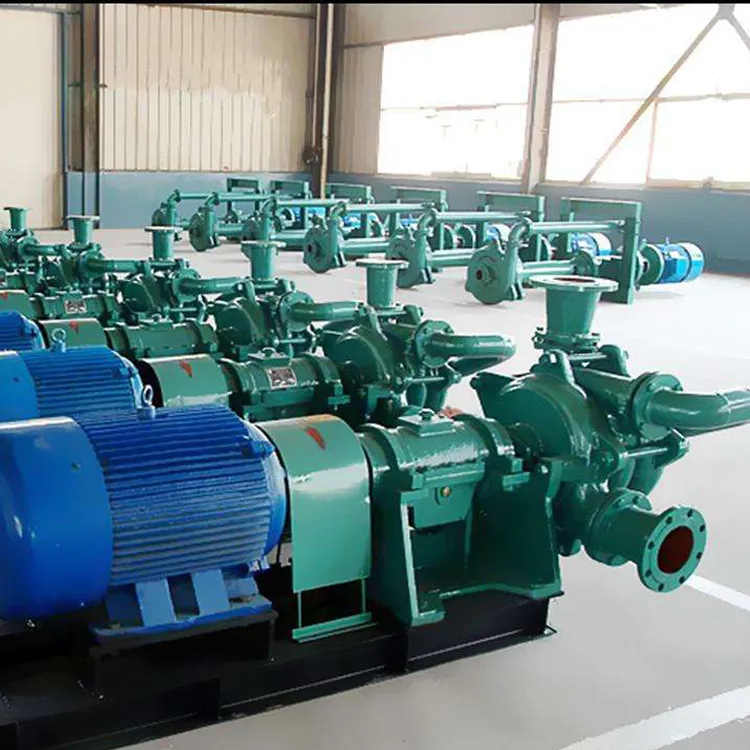TEL:
+86 13120555503
Sindhi
- Afrikaans
- Albanian
- Amharic
- Arabic
- Armenian
- Azerbaijani
- Basque
- Belarusian
- Bengali
- Bosnian
- Bulgarian
- Catalan
- Cebuano
- Corsican
- Croatian
- Czech
- Danish
- Dutch
- English
- Esperanto
- Estonian
- Finnish
- French
- Frisian
- Galician
- Georgian
- German
- Greek
- Gujarati
- Haitian Creole
- hausa
- hawaiian
- Hebrew
- Hindi
- Miao
- Hungarian
- Icelandic
- igbo
- Indonesian
- irish
- Italian
- Japanese
- Javanese
- Kannada
- kazakh
- Khmer
- Rwandese
- Korean
- Kurdish
- Kyrgyz
- Lao
- Latin
- Latvian
- Lithuanian
- Luxembourgish
- Macedonian
- Malgashi
- Malay
- Malayalam
- Maltese
- Maori
- Marathi
- Mongolian
- Myanmar
- Nepali
- Norwegian
- Norwegian
- Occitan
- Pashto
- Persian
- Polish
- Portuguese
- Punjabi
- Romanian
- Russian
- Samoan
- Scottish Gaelic
- Serbian
- Sesotho
- Shona
- Sindhi
- Sinhala
- Slovak
- Slovenian
- Somali
- Spanish
- Sundanese
- Swahili
- Swedish
- Tagalog
- Tajik
- Tamil
- Tatar
- Telugu
- Thai
- Turkish
- Turkmen
- Ukrainian
- Urdu
- Uighur
- Uzbek
- Vietnamese
- Welsh
- Bantu
- Yiddish
- Yoruba
- Zulu
Telephone: +86 13120555503
Email: frank@cypump.com
Feb . 20, 2025 14:16 Back to list
Non Clog Sewage Pump
For individuals managing residential or commercial properties, a submersible sewage ejector pump is a critical tool for efficient and reliable waste management. These pumps are designed to move sewage and waste materials from lower to higher elevation levels, ensuring a smooth disposal process. When choosing a sewage ejector pump, several factors come into play, including product specifications, installation, maintenance, and performance reliability.
Maintaining a submersible sewage ejector pump is vital in ensuring its longevity and functionality. Regular inspection for debris, clogs, and wear and tear helps avoid major issues. The basin containing the pump should be checked periodically for solids and sludge buildup, and the pump itself should be run to check for vibrations or noises that could indicate mechanical issues. It is advisable to schedule professional maintenance annually to catch potential problems early and to replace worn parts promptly. Reliability and performance of a submersible sewage ejector pump can greatly affect its reputation among users. Pumps from established manufacturers tend to offer better warranties and customer service, providing peace of mind and assurance of quality. When selecting a pump, user reviews and expert recommendations often reveal valuable insights into a pump's real-world performance, reliability over time, and common issues users have encountered. Engaging with these resources aids in making an informed decision, particularly in understanding the balance between price and long-term value. In conclusion, a submersible sewage ejector pump is a sophisticated piece of equipment that enhances waste management processes both in residential and commercial settings. Key elements such as understanding product specifications, the importance of expert installation, diligent maintenance, and informed selection based on reliability will ensure optimal performance. Considering these factors not only maximizes the pump's utility but also extends its lifespan, making it a worthy investment for those responsible for property management.


Maintaining a submersible sewage ejector pump is vital in ensuring its longevity and functionality. Regular inspection for debris, clogs, and wear and tear helps avoid major issues. The basin containing the pump should be checked periodically for solids and sludge buildup, and the pump itself should be run to check for vibrations or noises that could indicate mechanical issues. It is advisable to schedule professional maintenance annually to catch potential problems early and to replace worn parts promptly. Reliability and performance of a submersible sewage ejector pump can greatly affect its reputation among users. Pumps from established manufacturers tend to offer better warranties and customer service, providing peace of mind and assurance of quality. When selecting a pump, user reviews and expert recommendations often reveal valuable insights into a pump's real-world performance, reliability over time, and common issues users have encountered. Engaging with these resources aids in making an informed decision, particularly in understanding the balance between price and long-term value. In conclusion, a submersible sewage ejector pump is a sophisticated piece of equipment that enhances waste management processes both in residential and commercial settings. Key elements such as understanding product specifications, the importance of expert installation, diligent maintenance, and informed selection based on reliability will ensure optimal performance. Considering these factors not only maximizes the pump's utility but also extends its lifespan, making it a worthy investment for those responsible for property management.
Share
Latest news
-
Custom Drilling Mud and Slurry Pump Supplier - High Efficiency, Tailored Solutions
NewsJun.10,2025
-
Supply Vertical Submersible Sewage Pump High-Efficiency WQ/QW Pumps Supplier
NewsJun.10,2025
-
Premium Sewage Ejection System & Pumps Efficient Waste Removal
NewsJun.09,2025
-
Premium Wholesale Slurry Pump Impellers Durable & Efficient Slurry Handling
NewsJun.09,2025
-
Top Sewage Pump Companies Durable Industrial Solutions for Efficiency
NewsJun.09,2025
-
Heavy Duty Slurry Pumps - OEM High Performance & Bulk Wholesale
NewsJun.09,2025










